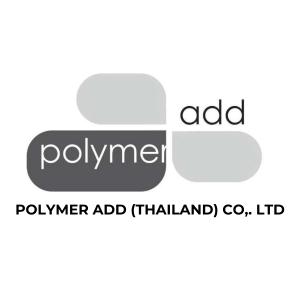The most common dielectric materials used in multilayer ceramic capacitors (MLCCs) include:
Barium Titanate (BaTiO₃)
Barium titanate is one of the most widely used dielectric materials in MLCCs. It offers high permittivity (dielectric constant) and excellent stability over a wide range of operating temperatures and frequencies. Barium titanate-based MLCCs are suitable for a broad range of applications and are available in various capacitance values and voltage ratings.
Strontium Titanate (SrTiO₃)
Strontium titanate is similar to barium titanate in terms of its properties and applications. It also exhibits high permittivity and stability, making it suitable for MLCCs used in demanding electronic circuits.
Titanate Solid Solutions
Dielectric materials based on solid solutions of barium titanate, strontium titanate, and other oxides offer tunable dielectric properties and enhanced performance characteristics. These materials can be tailored to specific applications by adjusting the composition and processing parameters.
Class 2 Dielectrics (X7R, X5R, Y5V)
MLCCs categorized as Class 2 capacitors typically use dielectric materials based on complex perovskite structures, such as modified barium titanate compositions. These materials offer high volumetric efficiency and capacitance stability over temperature, making them suitable for applications requiring moderate capacitance values and stability.
Class 1 Dielectrics (C0G/NP0)
MLCCs categorized as Class 1 capacitors use dielectric materials with ultra-stable characteristics, such as calcium zirconate titanate (CZT) or other ceramic formulations. These materials provide minimal capacitance variation over temperature and voltage, making them suitable for precision applications where capacitance stability is critical.
Rare Earth Oxides
Certain rare earth oxides, such as lanthanum oxide (La₂O₃) or neodymium oxide (Nd₂O₃), are sometimes used in MLCCs to achieve specific dielectric properties or to enhance performance in specialized applications.
These dielectric materials offer a range of characteristics suitable for different applications and performance requirements. Manufacturers select the appropriate dielectric material based on factors such as capacitance value, voltage rating, temperature stability, and cost-effectiveness for the intended application of the MLCC.
